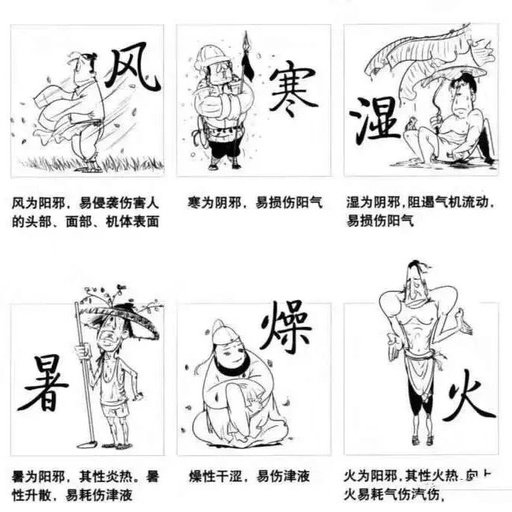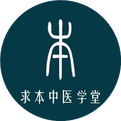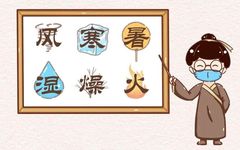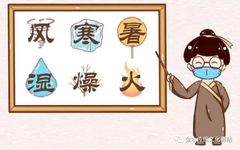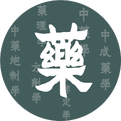Unveiling the Huangdi Neijing: Why Do Six Excesses First Harm the Body’s Surface? Understand These to Protect Your Family’s Health!
Recently, the weather has fluctuated between hot and cold, leading many to experience issues such as colds, joint pain, and skin eczema. Have you ever wondered: why does the body always seem to be the first to suffer when the climate changes? Two thousand years ago, the Huangdi Neijing already provided the answer: “The six … Read more



